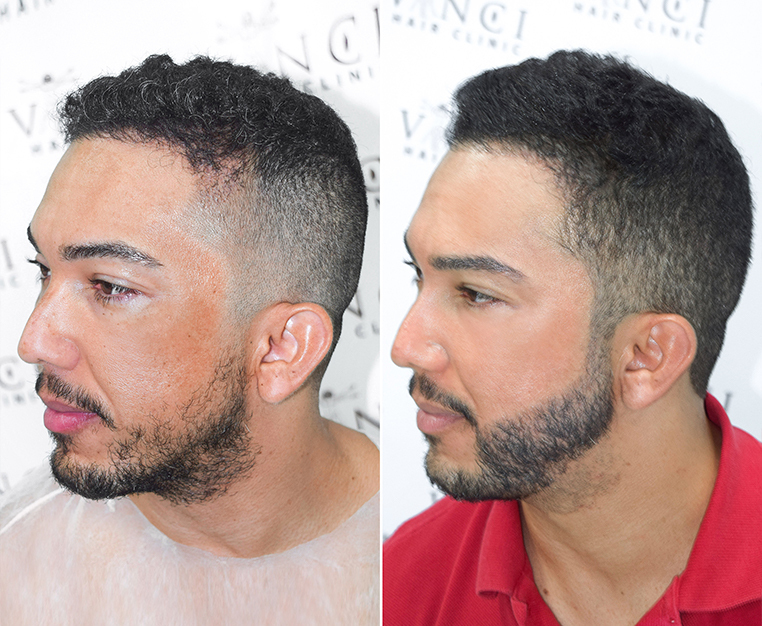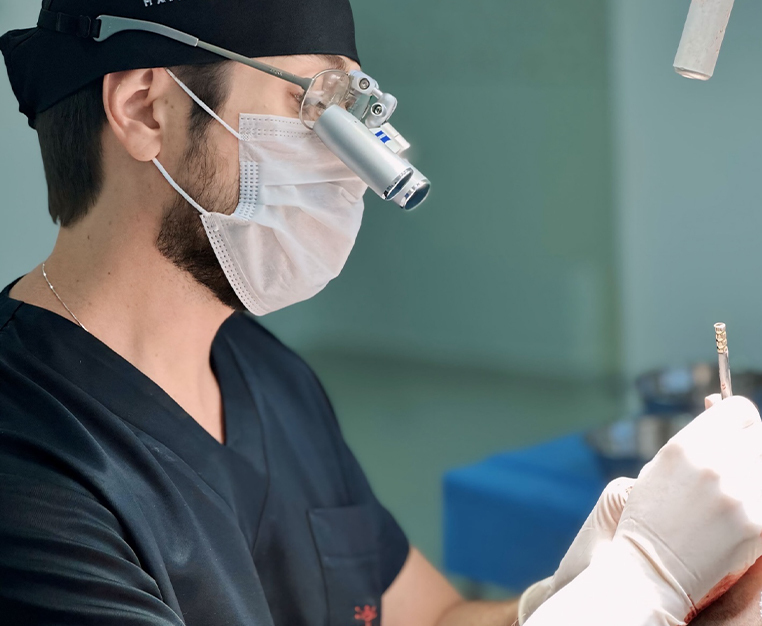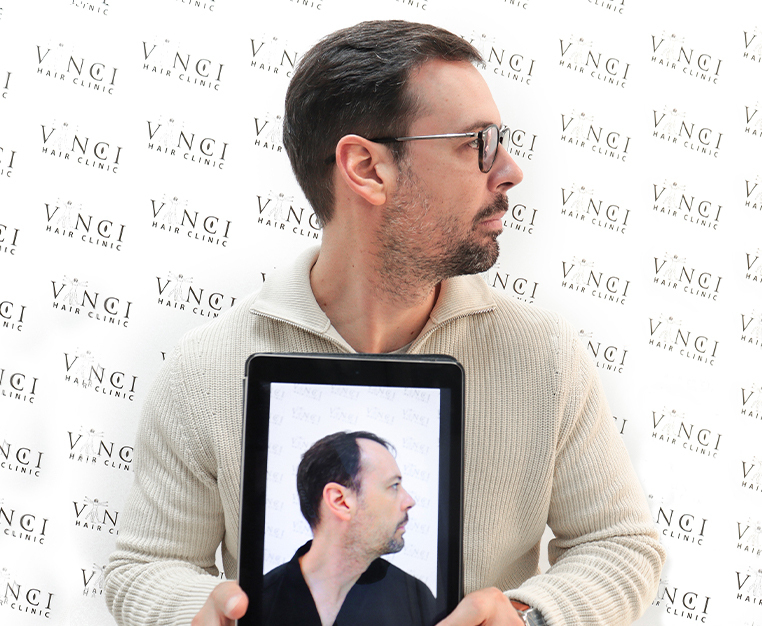Louis Theroux is one of the best-known faces on British television. A documentary filmmaker and broadcaster, he is known for his distinct style of immersive journalism, where he embeds himself in various subcultures and communities to gain insight into their lives and beliefs. Throughout his career, Theroux has covered a wide range of topics, including religion, crime, addiction, mental health and social issues. Recently, however, he found himself talking about an issue that has affected him personally. Early in 2023, he shared the news that he had started to lose his beard to alopecia barbae. Now it seems that his beard loss has got worse.
What are Theroux’s options in these circumstances? Read on to find out!
What is Alopecia Barbae?
Alopecia barbae is a specific form of hair loss that affects the beard area in men. It is considered a subtype of alopecia areata, which is an autoimmune condition characterised by the loss of hair on various parts of the body. However, alopecia barbae specifically refers to the small, round, bald patches that appear in the beard region.
The exact cause of alopecia barbae is not fully understood, but with this type of condition, the immune system mistakenly attacks the body’s own cells and tissues. In the case of alopecia barbae, the immune system targets the hair follicles in the beard area, leading to hair loss. This may regrow spontaneously in some cases, but more typically, the hair loss is prolonged or even permanent.
Treatment
Treatment options for alopecia barbae include topical medications, such as corticosteroids, which can be applied directly to the affected area. Other treatments may include injectable corticosteroids, topical immunotherapy, or minoxidil, a medication that stimulates hair growth. However, it’s important to note that the effectiveness of these treatments can vary from person to person, and there is no guaranteed cure for alopecia barbae.
A beard transplant, also known as facial hair transplantation, offers a more permanent solution to the problem. This surgical procedure restores or enhances the growth of facial hair, particularly in areas where it is sparse or absent. It is commonly sought by individuals who have patchy beards, facial scarring, or those who are unable to grow a beard due to genetic factors or medical conditions.
Beard Transplant Steps
The first step in any beard transplant is to identify a suitable donor area, usually the back of the scalp, where hair follicles are abundant and resistant to balding. Hair follicles from this area are genetically programmed to continue growing even after transplantation. The surgeon then extracts individual hair follicles or a strip of scalp containing hair follicles using either the follicular unit extraction (FUE) or follicular unit transplantation (FUT) technique.
The former involves harvesting individual hair follicles using a small punch tool. This method leaves tiny, nearly invisible scars. With FUT, on the other hand, a strip of scalp containing hair follicles is removed from the donor area. The surgeon then closes the incision with sutures, leaving a linear scar that can be concealed by the surrounding hair.
Once the donor hair is extracted, the surgical team carefully dissects the donor tissue to separate individual hair follicles or follicular units. These units consist of 1-4 hairs. The surgeon makes small incisions or tiny slits in the recipient area, which is the beard region where the hair will be transplanted. The angle and direction of the incisions are crucial to ensure a natural appearance and proper hair growth.
Individual hair follicles or follicular units are then placed into the prepared recipient sites. The surgeon meticulously implants the hair grafts, paying attention to the density, distribution and natural pattern of beard growth. The procedure requires precision and artistic skill to achieve the desired outcome.
The transplanted hair will initially fall out within a few weeks, but new hair growth should start appearing in the weeks following that. It takes several months for the transplanted hair to fully mature and blend in with the existing facial hair.
Beard transplants are typically performed as outpatient procedures, and the duration of the surgery depends on the extent of the transplant and the number of hair grafts required.
Conclusion
While Louis Theroux has joked about his alopecia barbae (he remarked that the condition had left him unable to grow any facial hair other than a small Adolf Hitler-style moustache!), there is no doubt that this form of alopecia is no laughing matter. It can hit individuals just as hard as other forms of hair loss. If you’re unlucky enough to be one of those individuals, you should speak to a hair expert and discuss your options.
Vinci Hair Clinic can help with that. As one of the world’s leading hair restoration providers, we have more hair experts than most organisations. What’s more, we offer a free, no-obligation consultation to all our new clients. The consultation can take the form of a face-to-face meeting at one of our many clinics or it can happen over the phone using photographs. Contact us through our website or social media pages to schedule your appointment!





